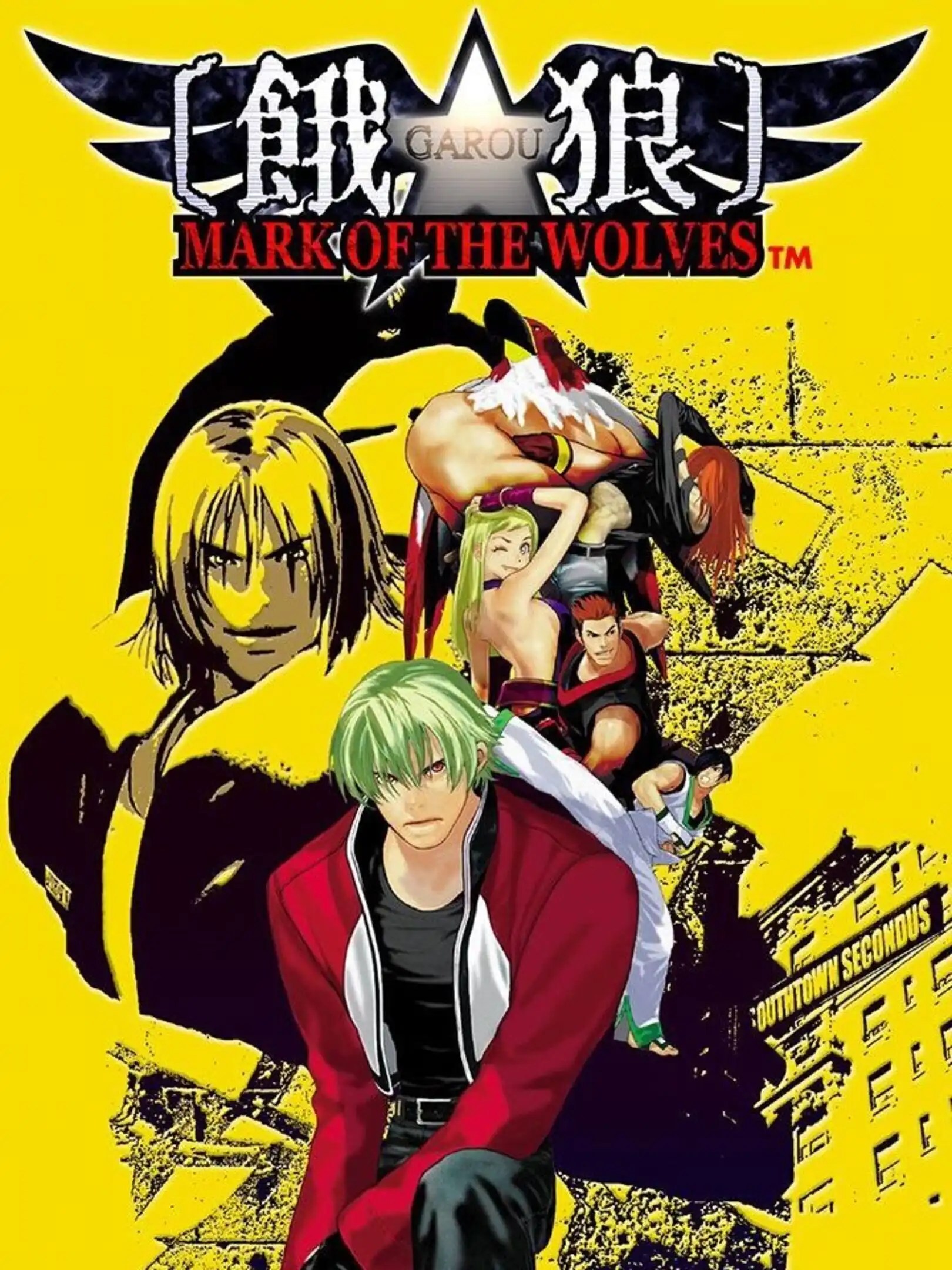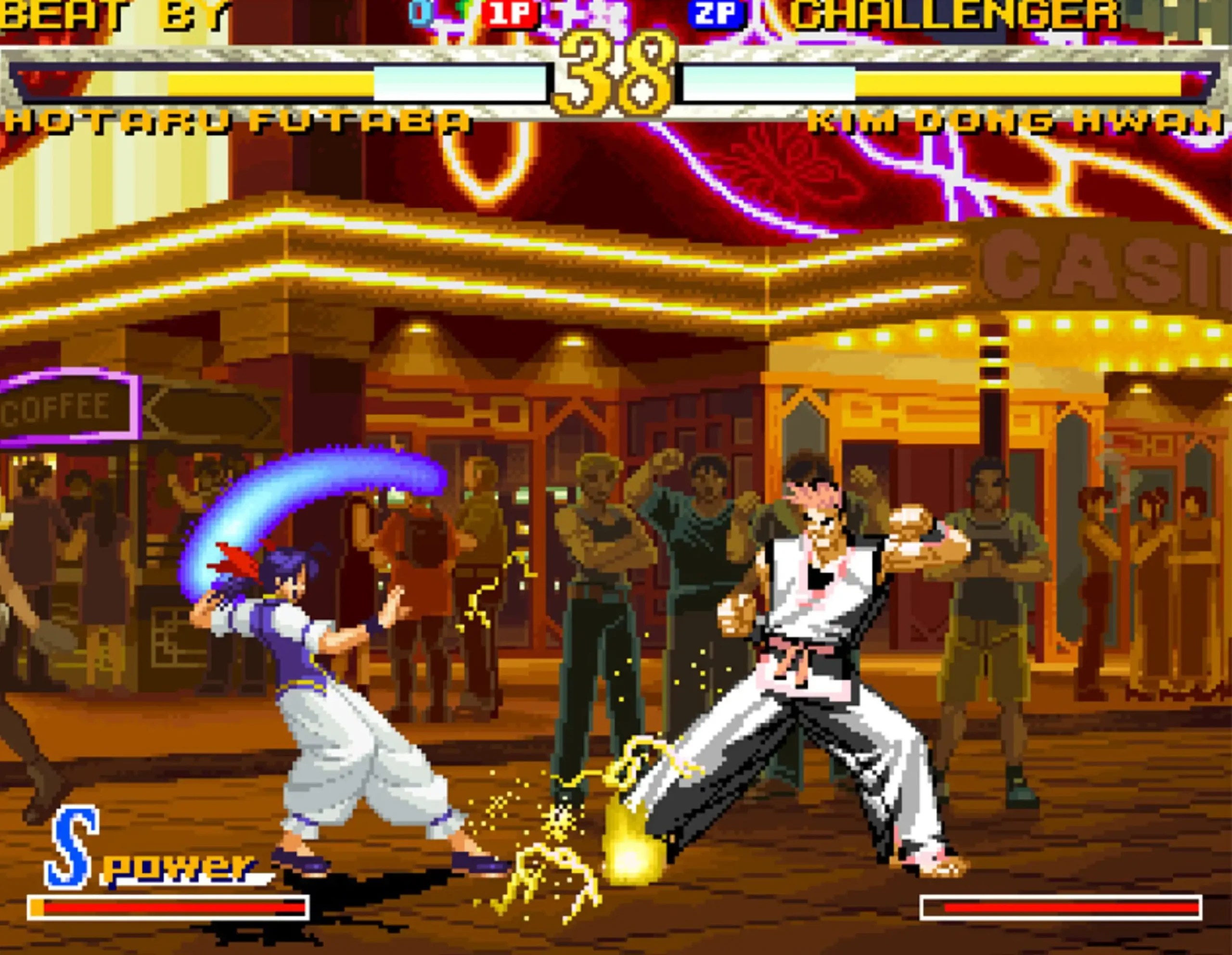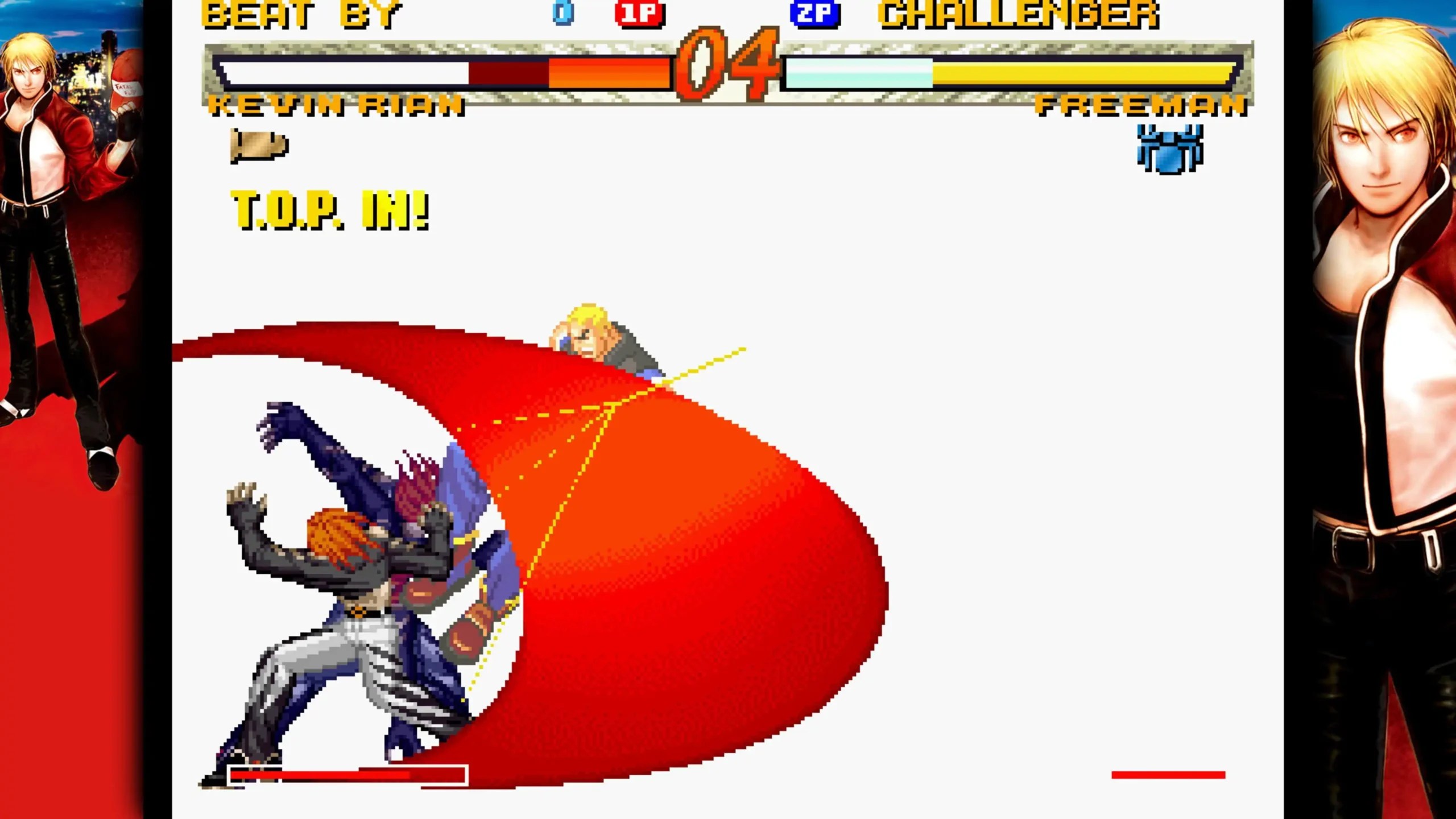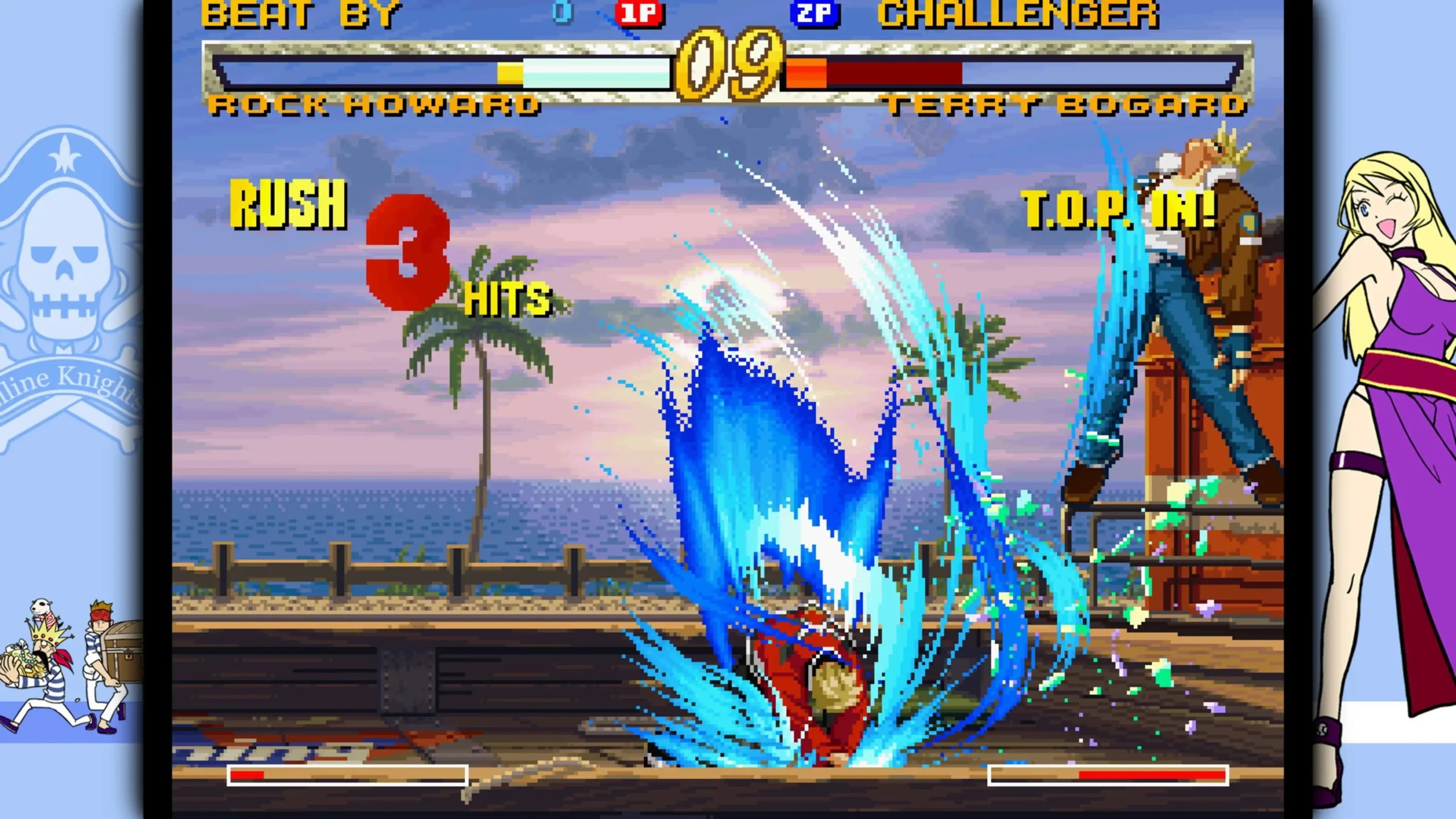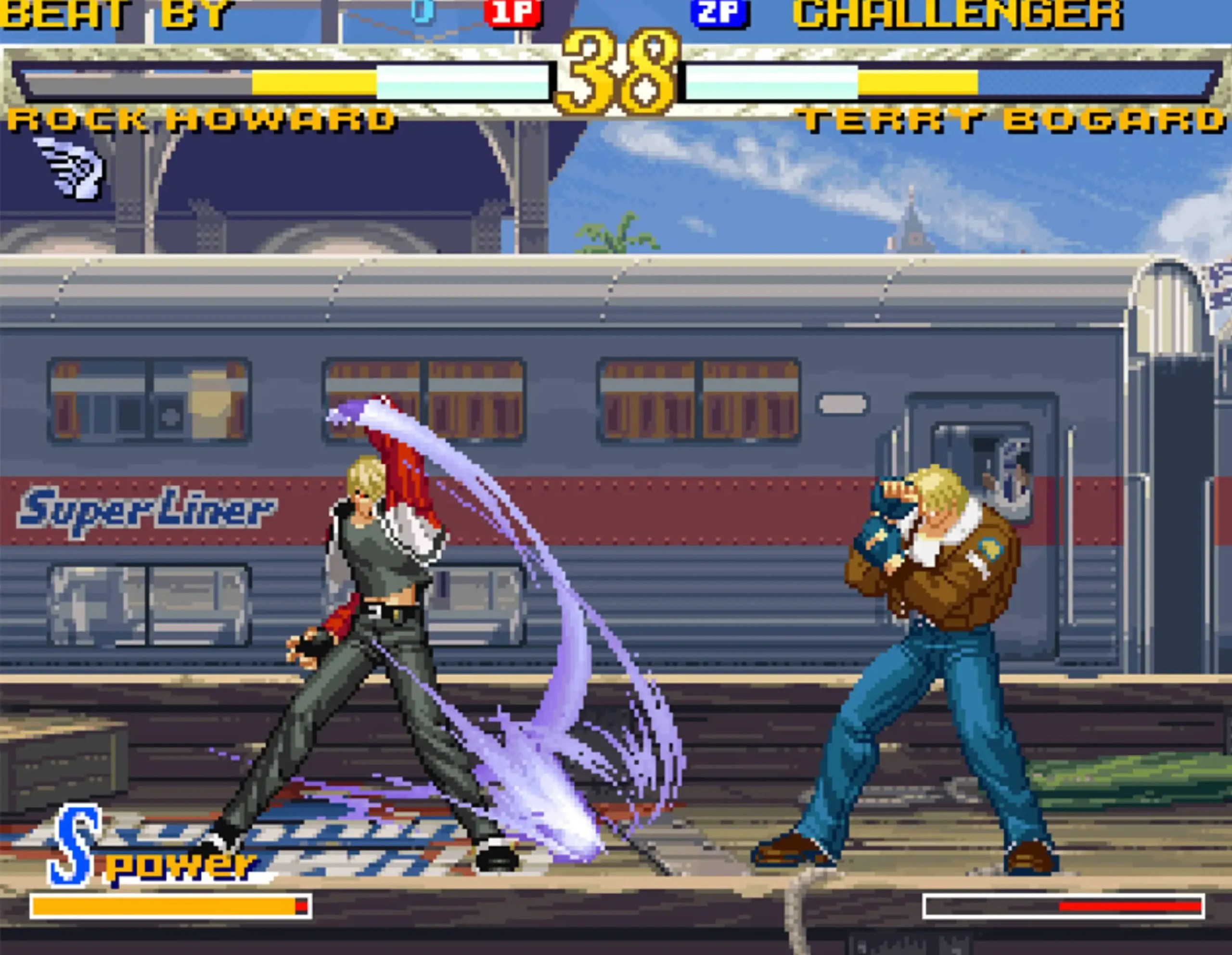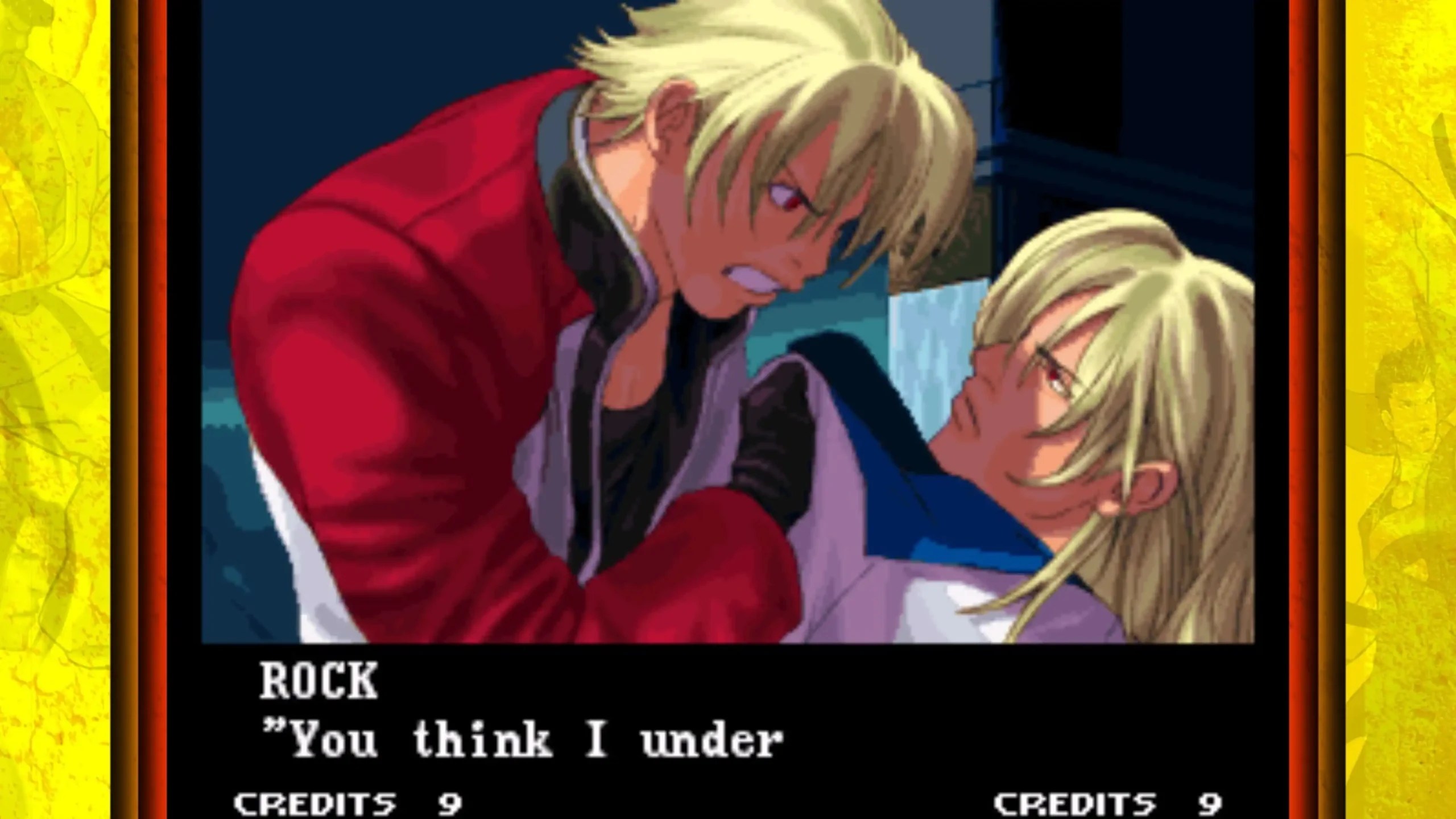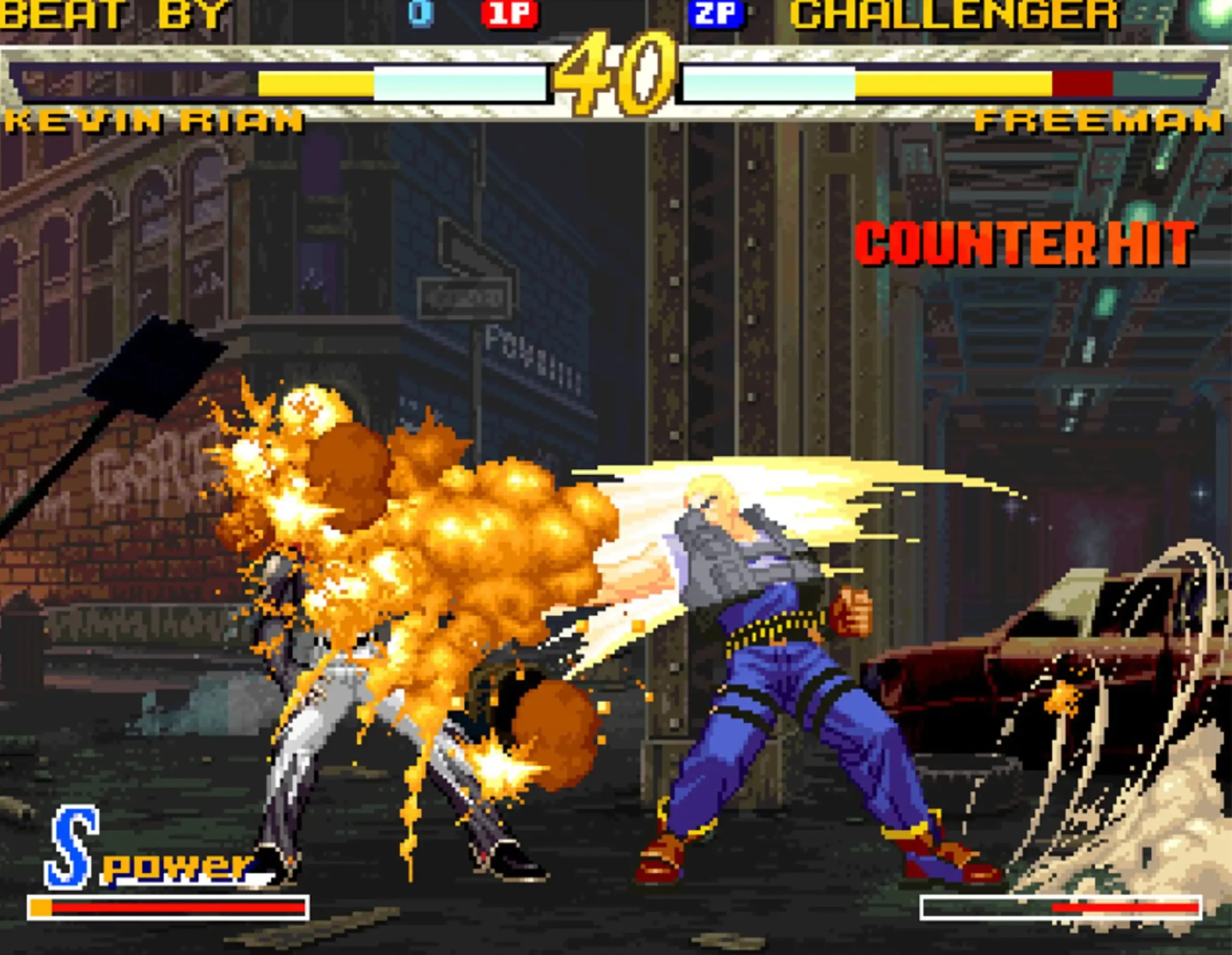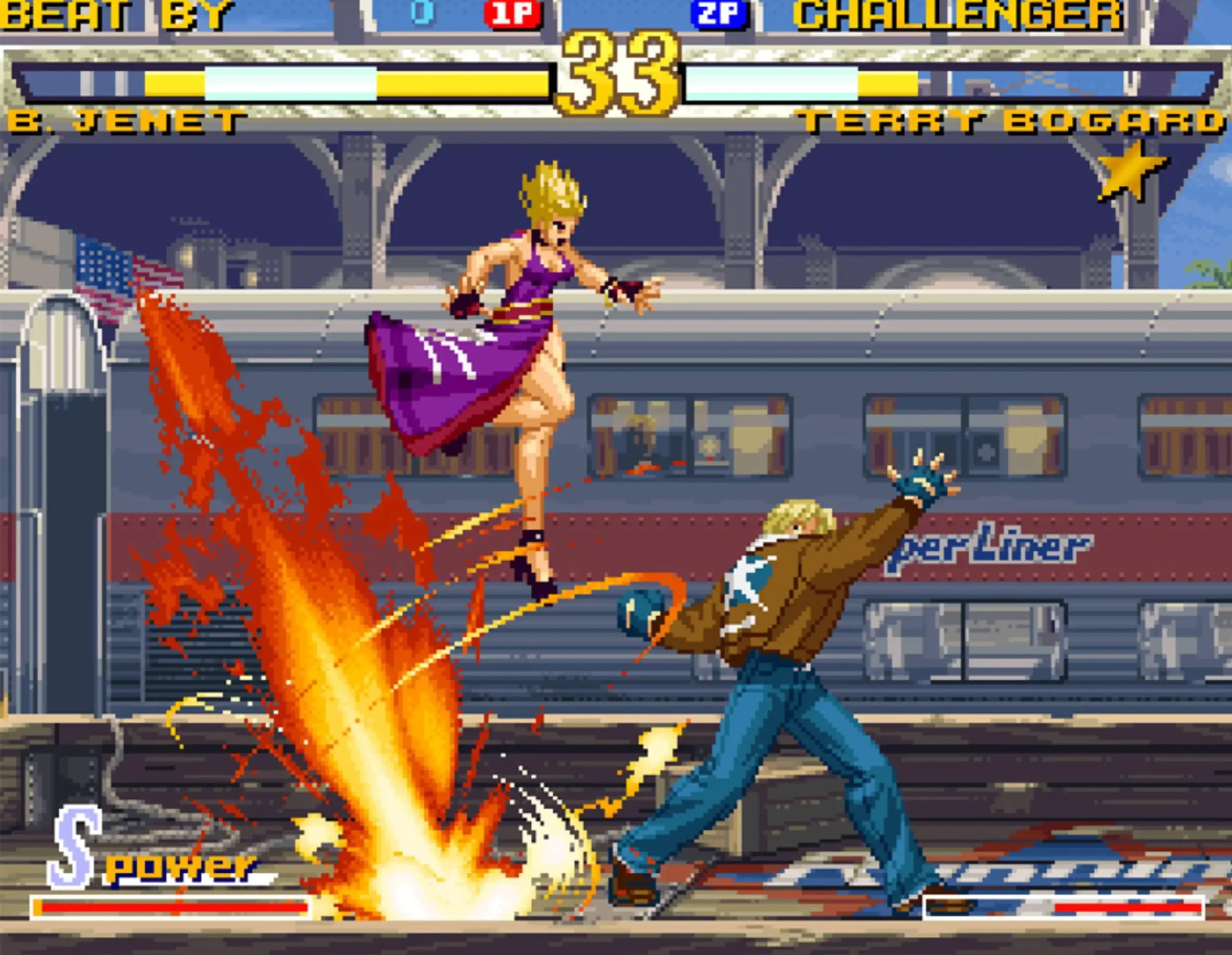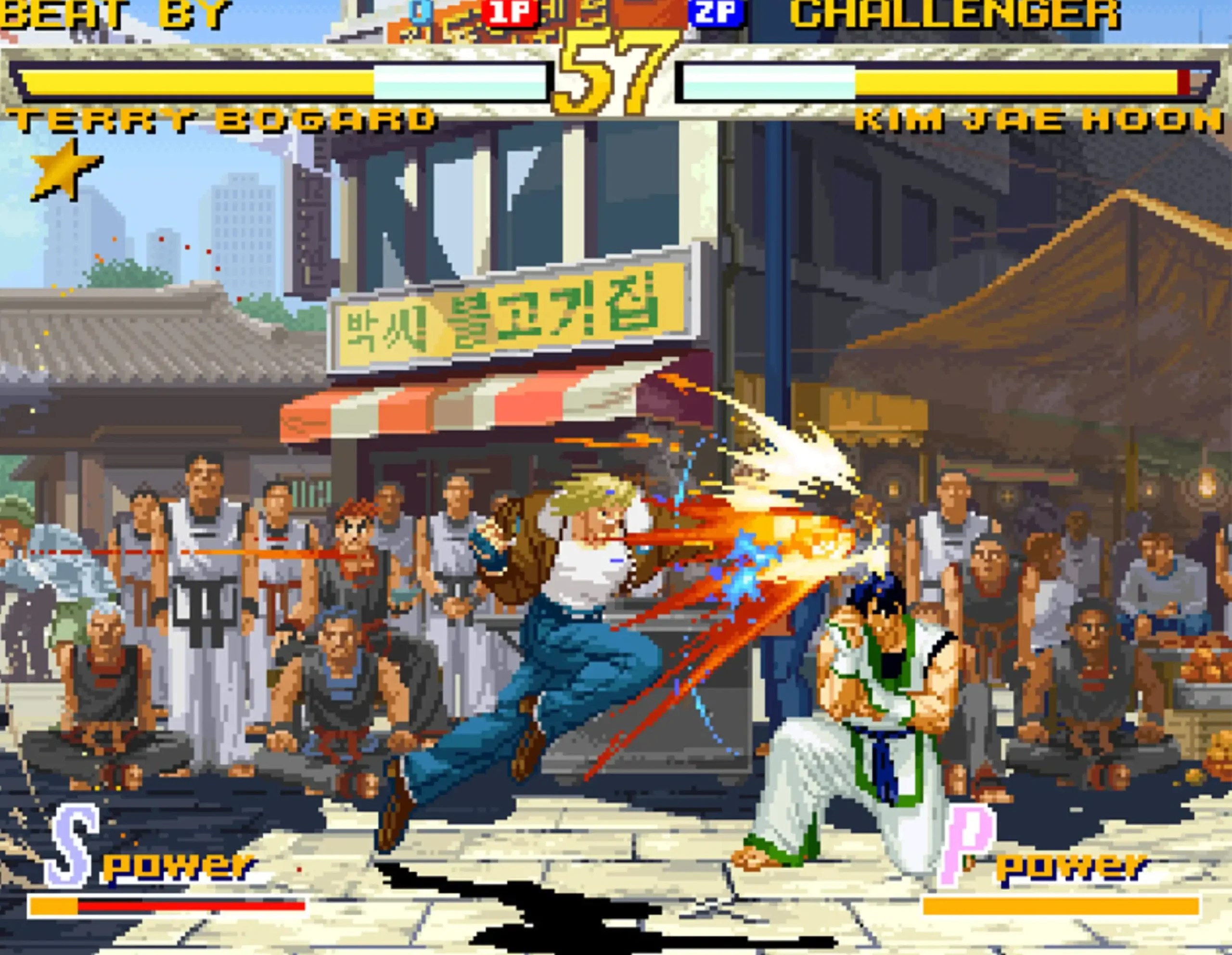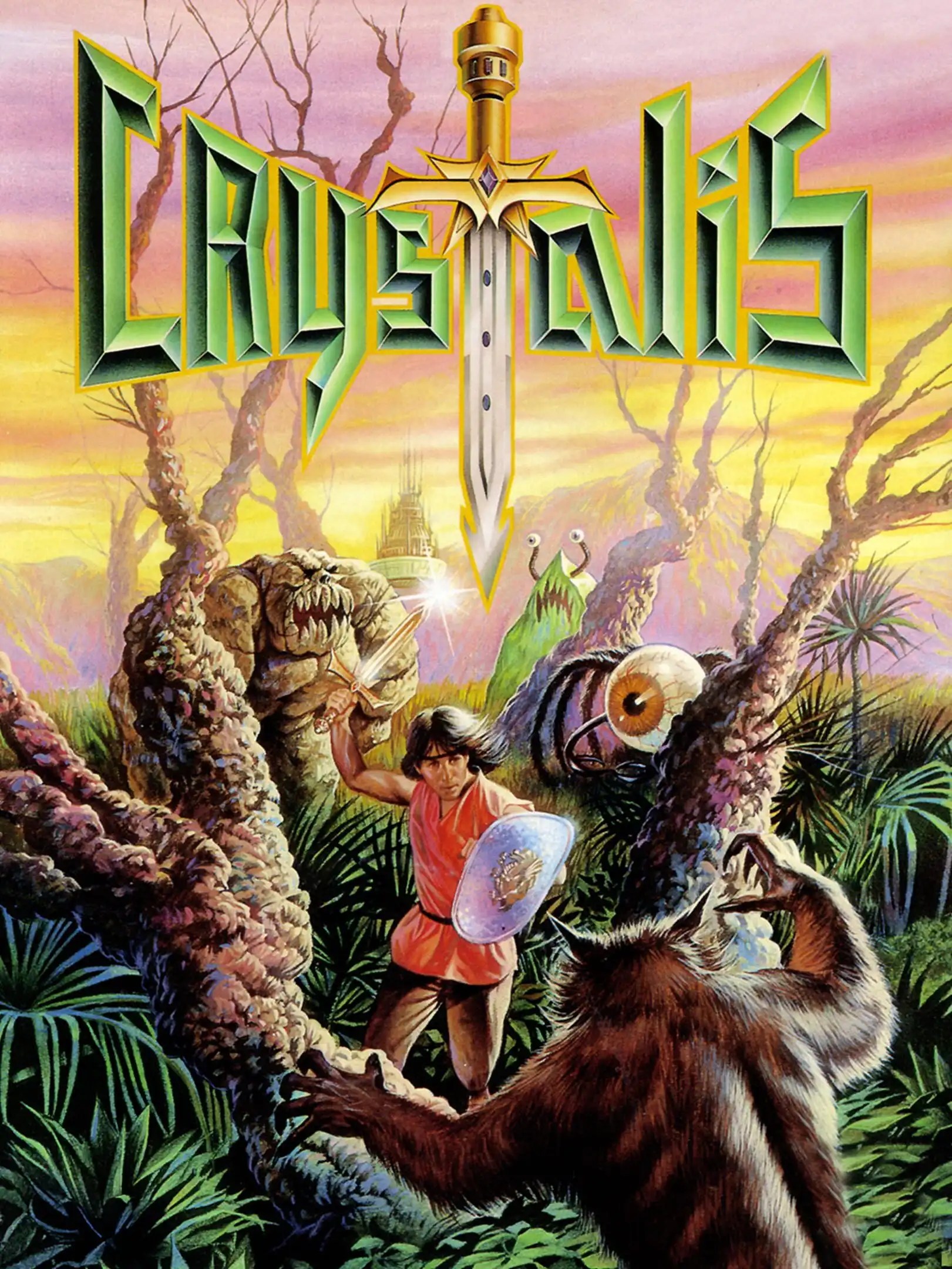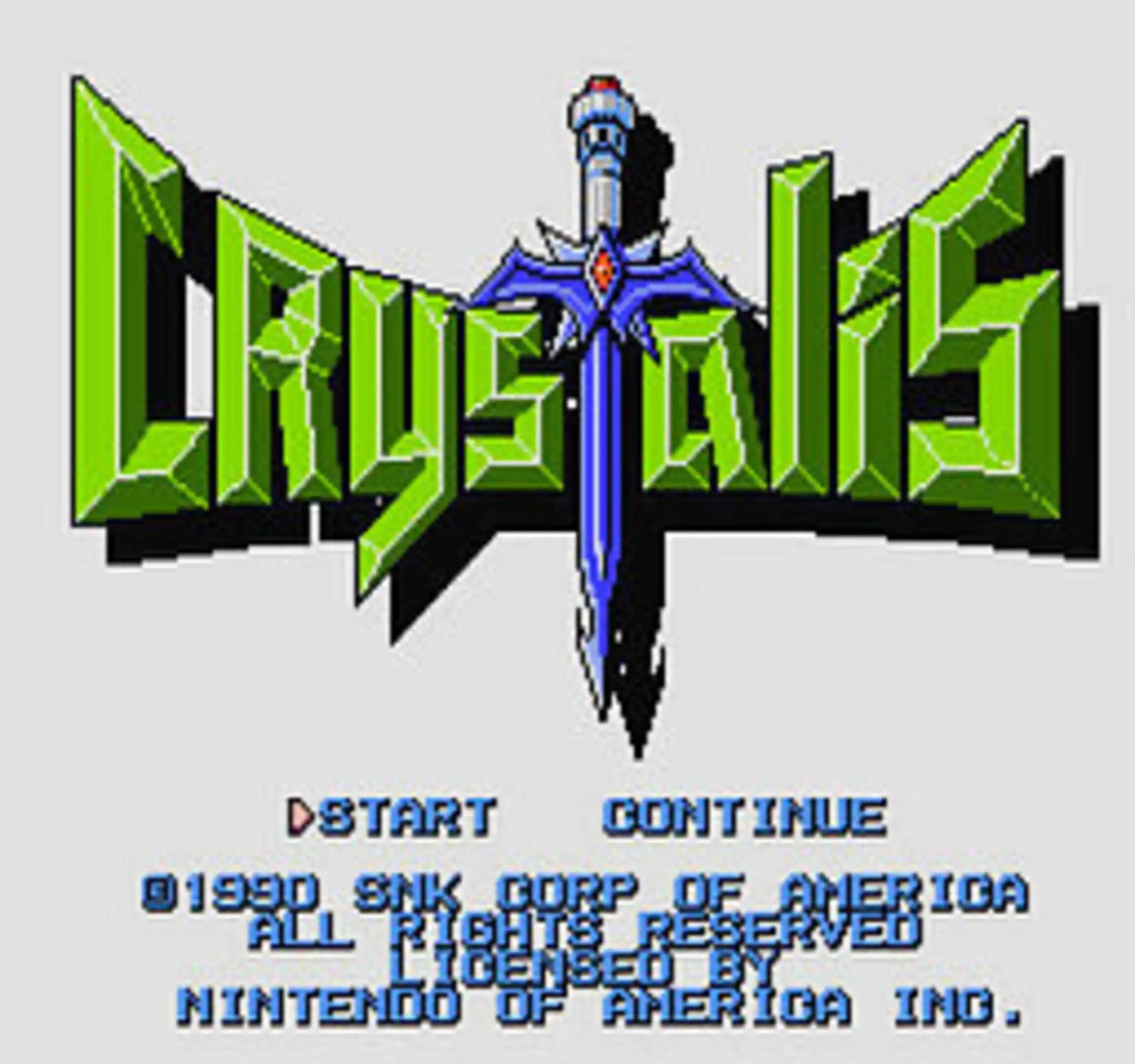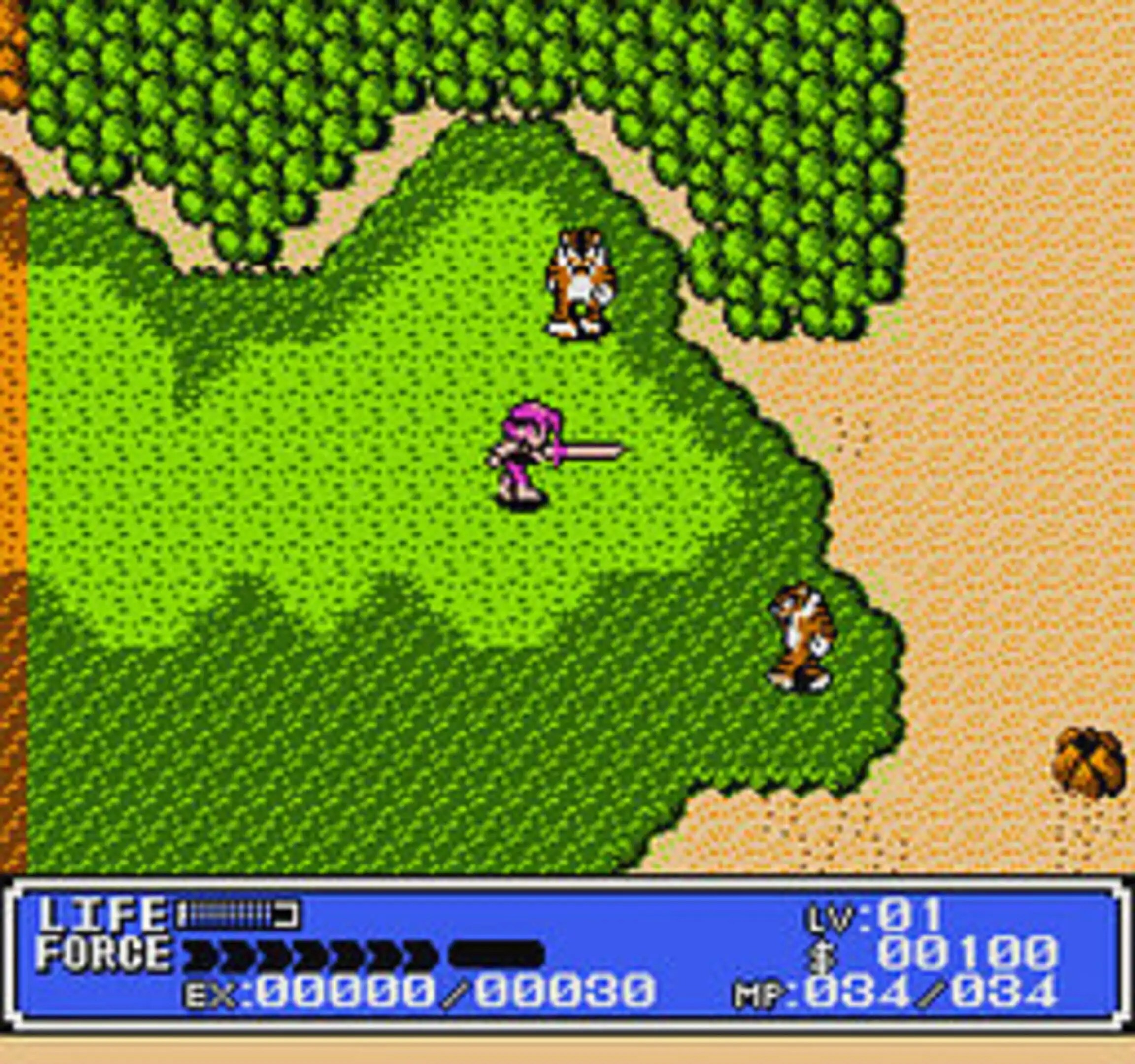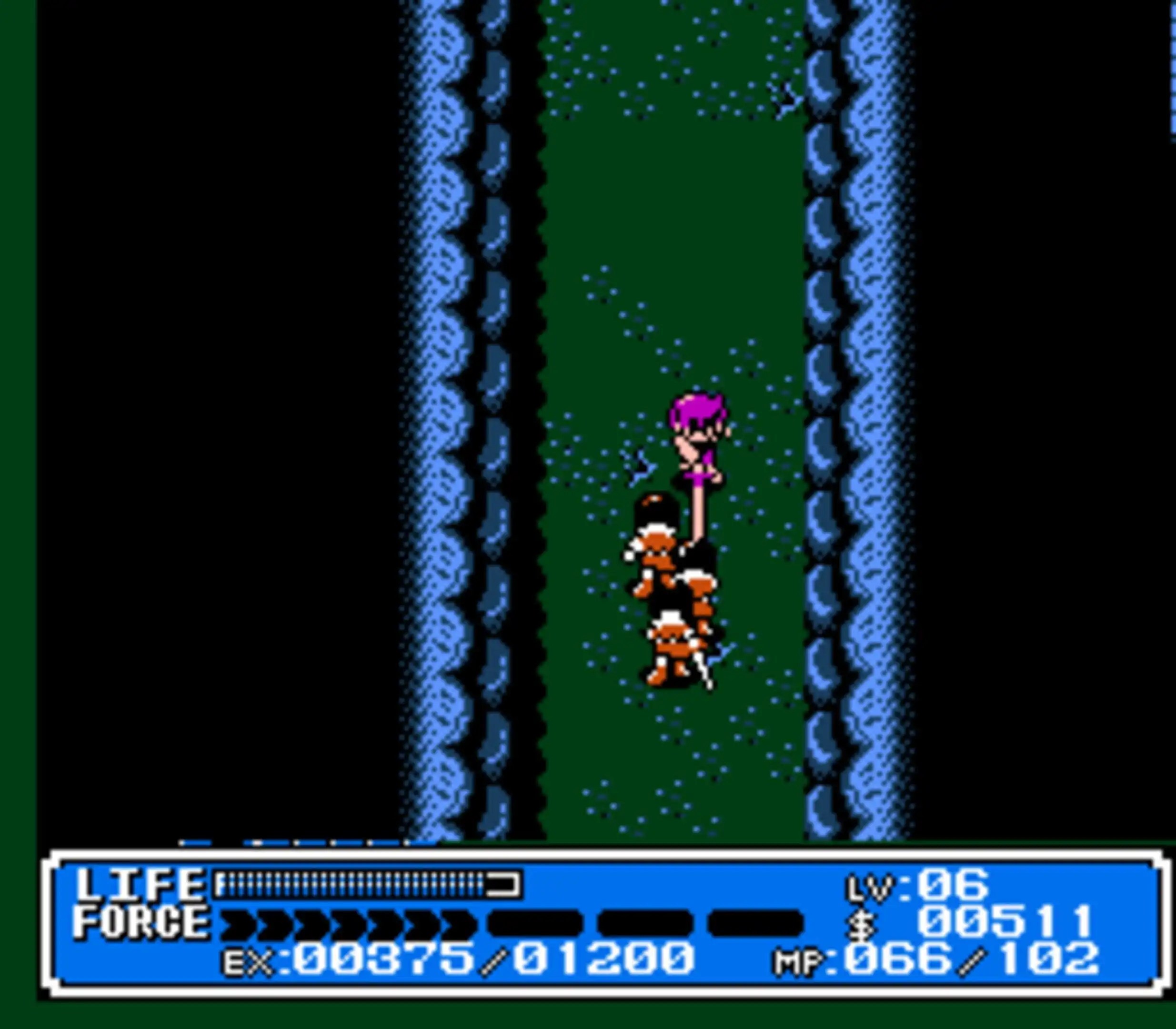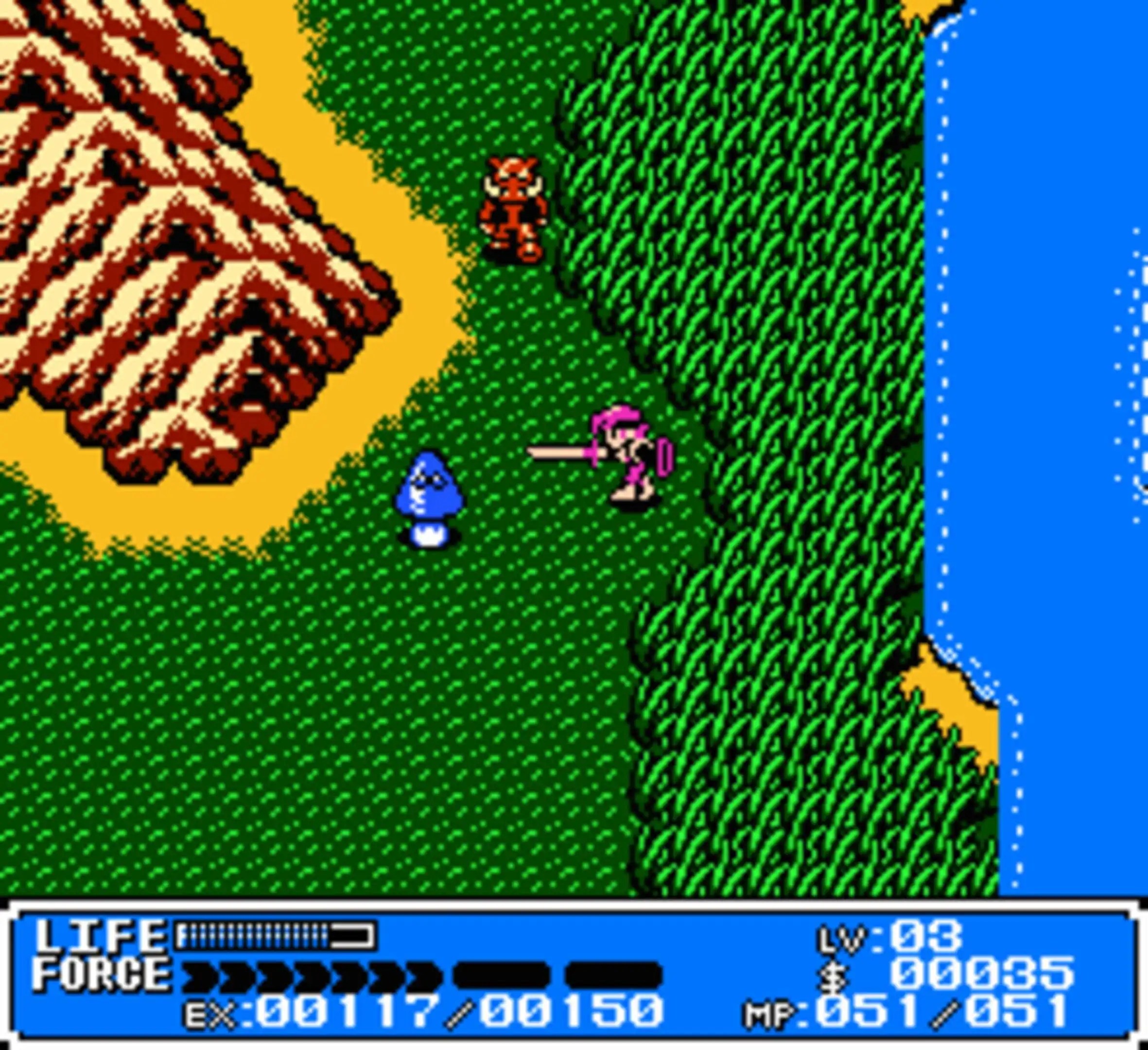Summary
- Release Year: 1996
- Genres: Arcade, Fighting
- Platforms: Arcade, Neo Geo AES, Neo Geo CD, Neo Geo MVS, PC (Microsoft Windows), Wii
- Publishers: D4 Enterprise, Inc, SNK
Art of Fighting 3: The Path of The Warrior (1996)
Introduction
Art of Fighting 3: The Path of The Warrior is a fighting game developed and published by SNK for the Neo Geo arcade and home console. It was released in 1996 and is the third and final entry in the Art of Fighting series. The game features a roster of ten playable characters, each with their own unique fighting style. The game also introduces a new fighting system based on joystick and button combinations.
Gameplay
Art of Fighting 3’s gameplay is similar to that of its predecessors. Players control one of ten characters and fight against each other in one-on-one matches. The game’s controls are simple and easy to learn, but difficult to master. Players can perform a variety of moves, including punches, kicks, throws, and special moves.
The game also introduces a new “Guard Break” system. This system allows players to break their opponent’s guard by pressing the “Guard Break” button. This can be used to set up combos and other attacks.
Characters
Art of Fighting 3 features a roster of ten playable characters. These characters include:
- Robert Garcia
- Ryo Sakazaki
- Takuma Sakazaki
- Yuri Sakazaki
- King
- Mr. Karate
- Jack Turner
- Kasumi Todoh
- Ryuhaku Todoh
- Karman Cole
Each character has their own unique fighting style and special moves. This gives players a variety of options to choose from when selecting a character to play.
Story
The story of Art of Fighting 3 takes place after the events of the previous game. Robert Garcia, the protagonist of the game, receives a letter from his childhood friend, Freia Lawrence. In the letter, Freia asks Robert for help. Robert leaves without the consent of The Garcia Foundation, which sends an agent named Karman Cole to get him back.
Robert travels to Mexico to find Freia. However, he is not the only one looking for her. A mysterious organization is also searching for Freia. Robert must fight his way through hordes of enemies in order to find Freia and uncover the truth behind her disappearance.
Graphics and Sound
Art of Fighting 3’s graphics are some of the best on the Neo Geo. The characters are incredibly detailed and the backgrounds are lush and vibrant. The game’s soundtrack is also excellent, with a mix of rock and techno music.
Reception
Art of Fighting 3 was a critical and commercial success. The game was praised for its graphics, gameplay, and story. It was also a commercial success, selling over one million copies worldwide.
Legacy
Art of Fighting 3 is considered to be one of the best fighting games of all time. It is still played by fans today and has been ported to several different platforms. The game’s legacy is cemented in the fighting game community and it continues to inspire new generations of gamers.
Conclusion
Art of Fighting 3: The Path of The Warrior is a classic fighting game that is still enjoyed by fans today. The game’s graphics, gameplay, and story are all top-notch. If you are a fan of fighting games, then you owe it to yourself to check out Art of Fighting 3.
Review Score
8.5/10
Art
Cover Art

Screenshots















